(BPT) - Ditch the boring broccoli and say hello to a purple powerhouse! Want to spice up your salads beyond the usual suspects? Then buckle up, veggie adventurer, because we're about to embark on a journey to the unexplored territories of your taste buds!
Grow your own rainbow of rare veggies right in your backyard (or even on your balcony or fire escape). It's easier than a bunny hopping over a carrot patch, and before you know it, you'll be harvesting culinary wonders you never thought possible.
So, ditch the same old, same old and get ready to spice up your dinner plate with these unusual edible gems from National Garden Bureau.
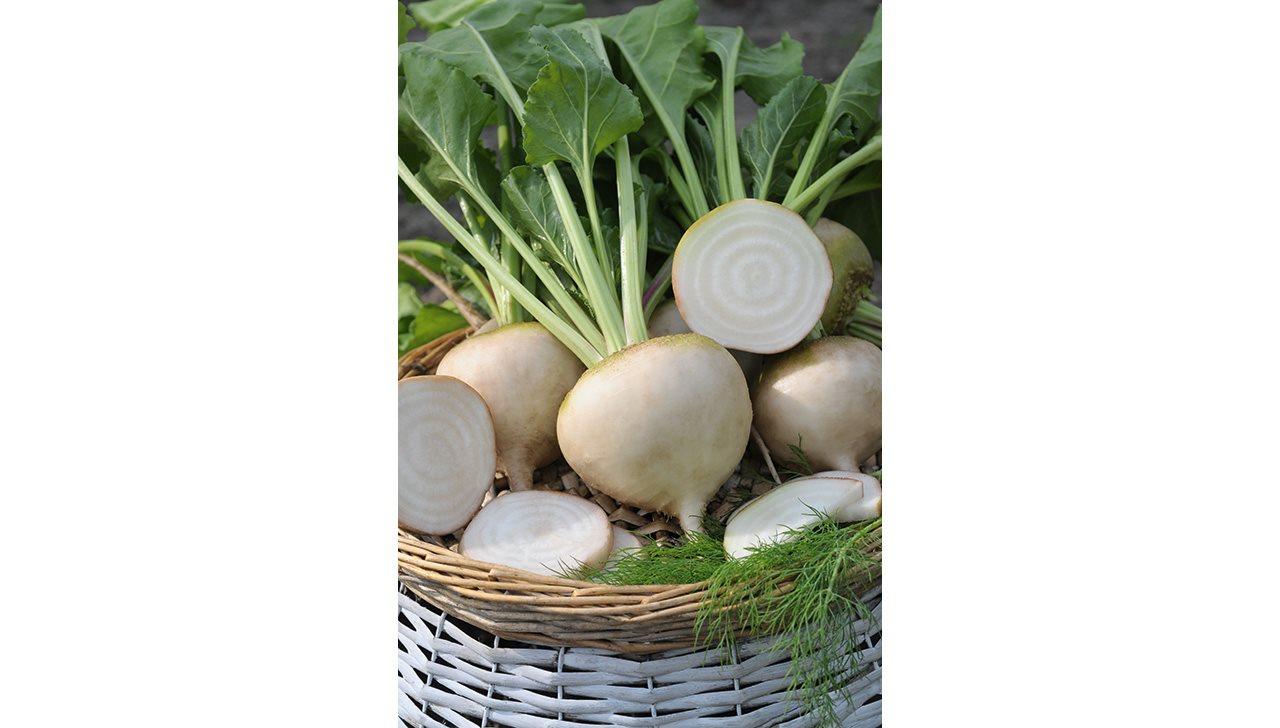
Avalanche beets. Do you have a non-beet-lover in your household? This may be the beet to win them over. The Avalanche has a mild, sweet flavor with no reddish color and no bitter taste. It's even delicious raw! This mild beet is easy to grow, and will be ready to eat in just 50 days or so. Providing vitamins B and C and fiber, this tasty beet deserves a try!
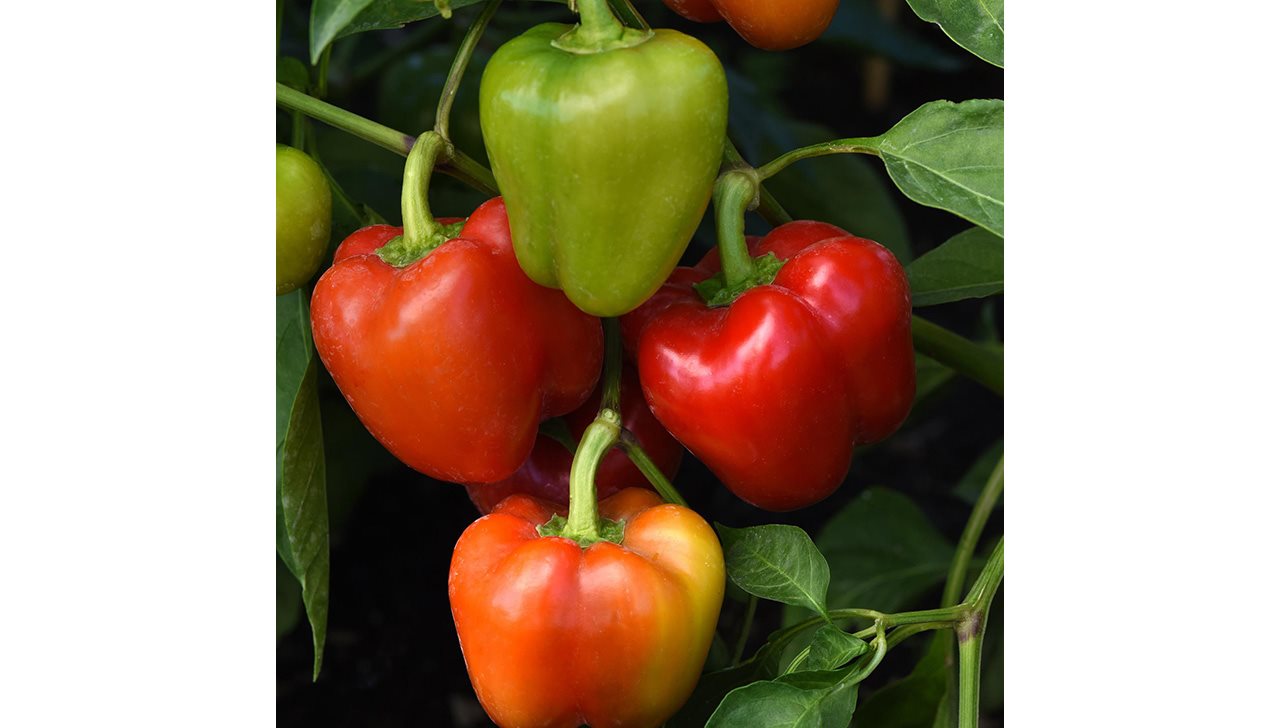
Prism peppers. Perfect for deck or container gardeners, these clever peppers produce multi-color sweet peppers on one plant. They are sized between a mini and standard bell pepper, and full of vitamin C and potassium. Prism peppers are a beautiful addition to your garden and your dinner plate.
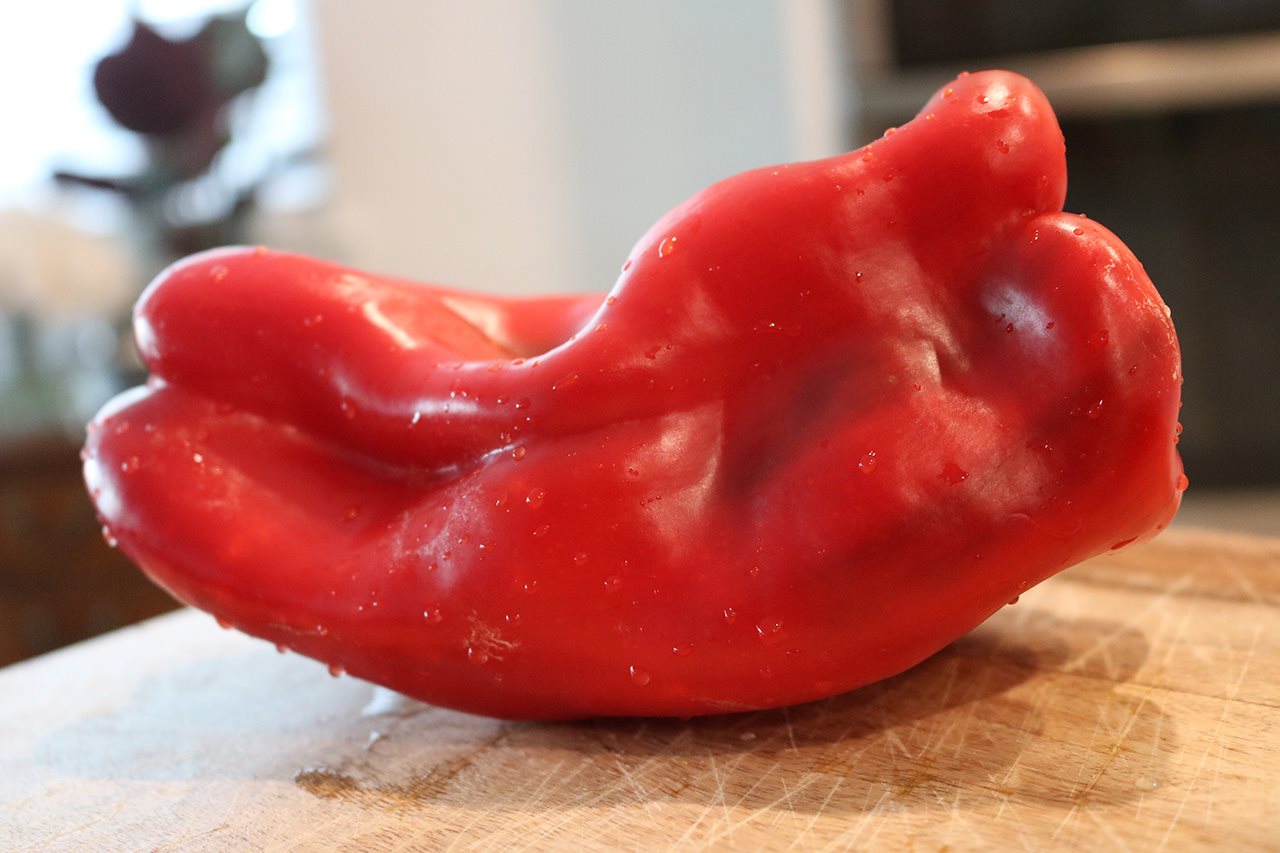
Red Impact peppers. The Lamuyo variety of peppers are difficult to grow until now - enter the game-changing Red Impact. This pepper is packed with vitamin C and potassium, is sweeter than other varieties and is very easy to grow, even for the novice gardener.
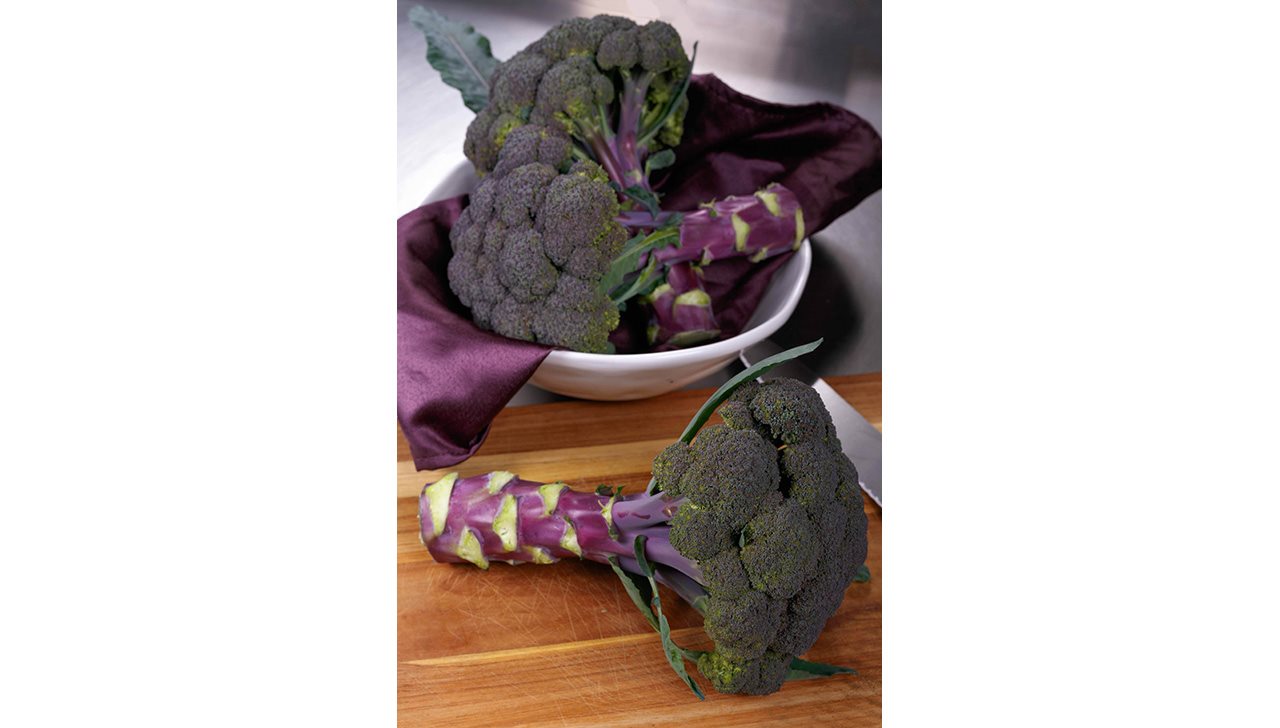
Purple Magic broccoli. Called a "showstopper," this beautiful deep purple vegetable is easy to grow, sweeter and more tender than traditional broccoli, and can be eaten raw, stir-fried, roasted, lightly blanched or steamed. It's full of vitamin C, potassium and fiber, too.
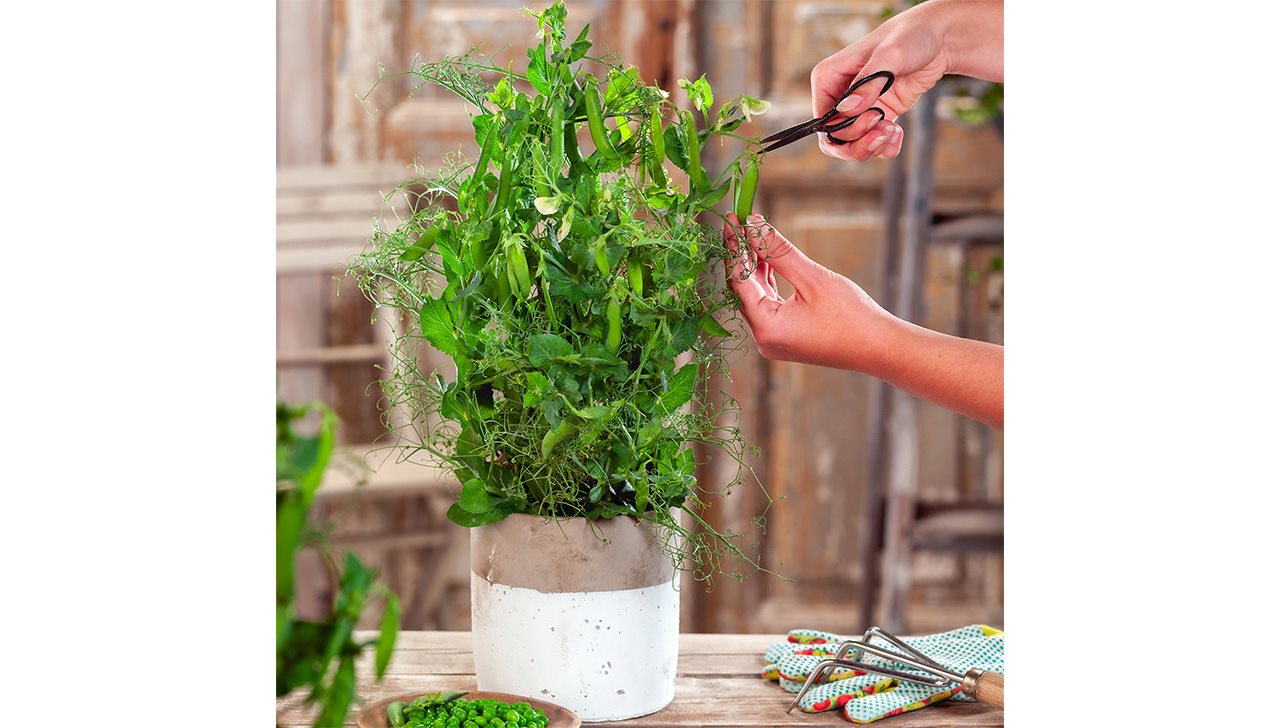
Peas 'N' Pod Bernard pea. These unique petite shelling peas have afila tendrils, which means the vines stick together, keeping the pods off the ground. Ideal for containers or small gardens, it produces beautiful white flowers when it blooms. Pop these peas into salads or side dishes. They're a great source of vitamin C and fiber.
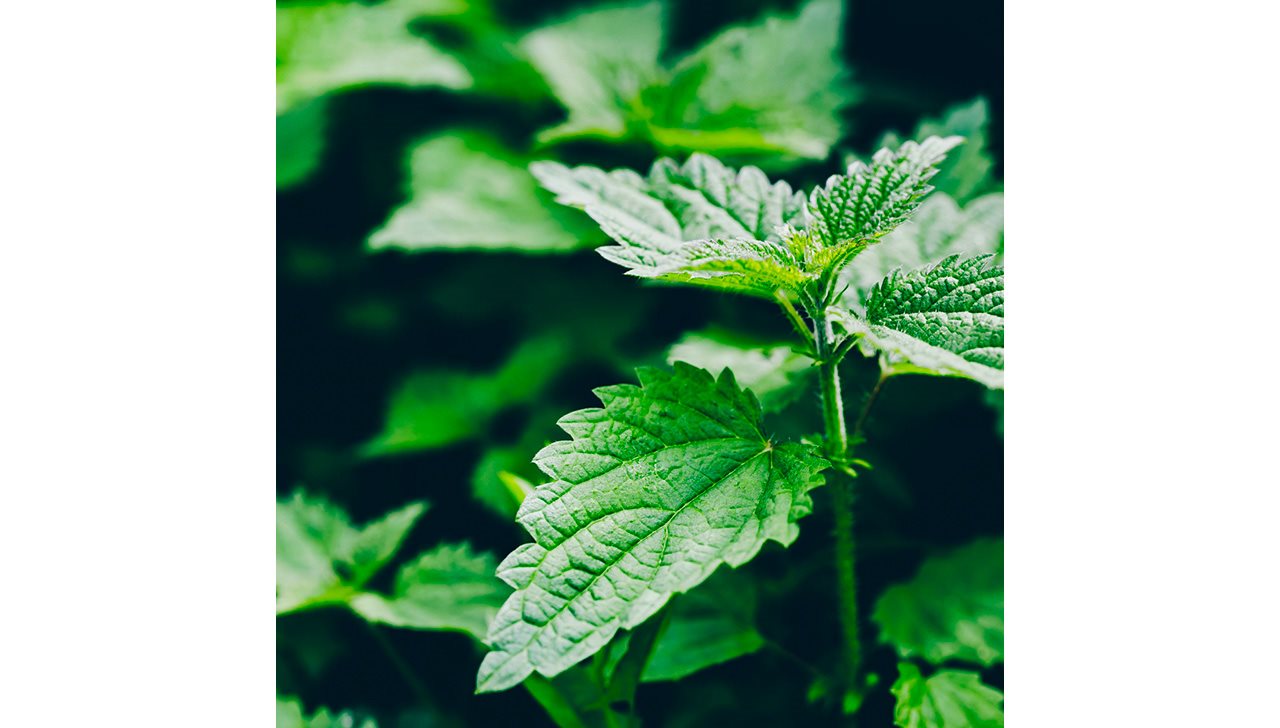
Shiso Ohba. Versatile and citrus-y, shiso ohba has a bright flavor with a hint of anise and is often used in Asian cooking. But it's also great added to salads and soups, much like you'd use basil. High in calcium, phosphorus, iron, and vitamin C, shiso ohba can even be used to make tea!
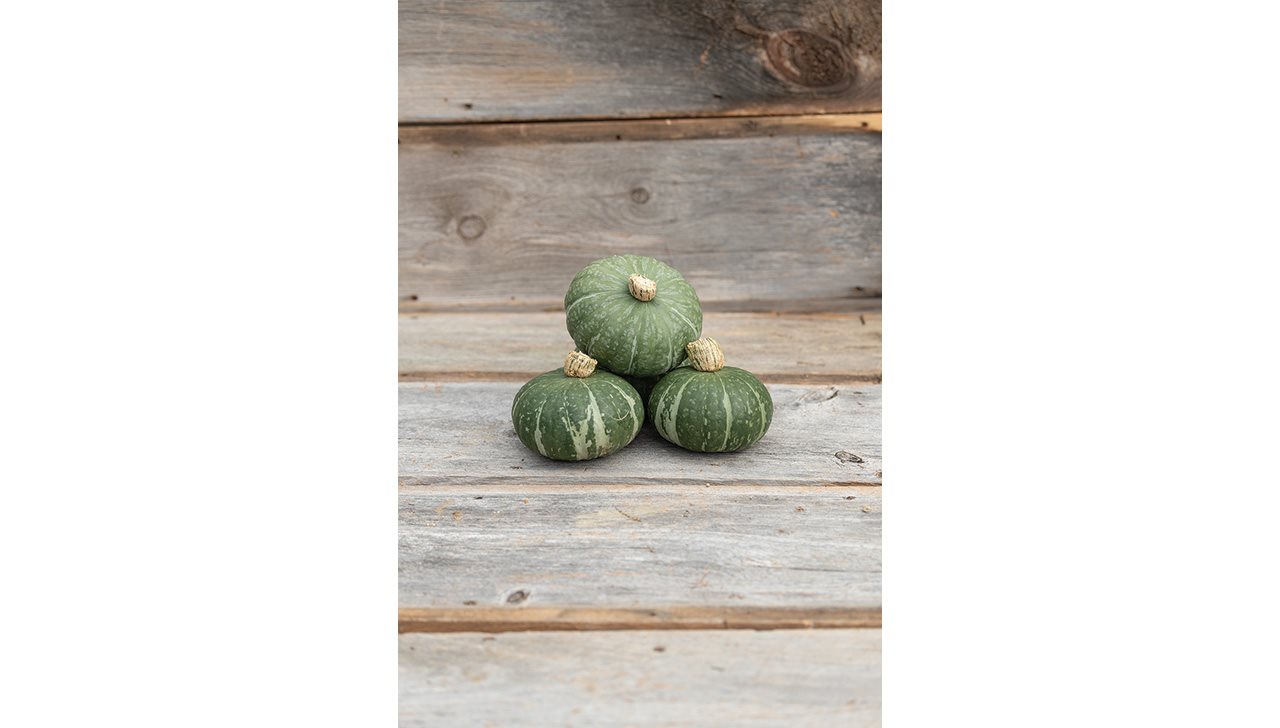
Sweet Jade Kabocha squash. This small, single-serving squash is green on the outside, deep orange on the inside. It's packed with vitamins A and C, potassium and fiber, and has a sweet, dry and earthy taste. It's delicious baked, roasted or pureed. It's so cute, why not use it for an edible soup bowl?
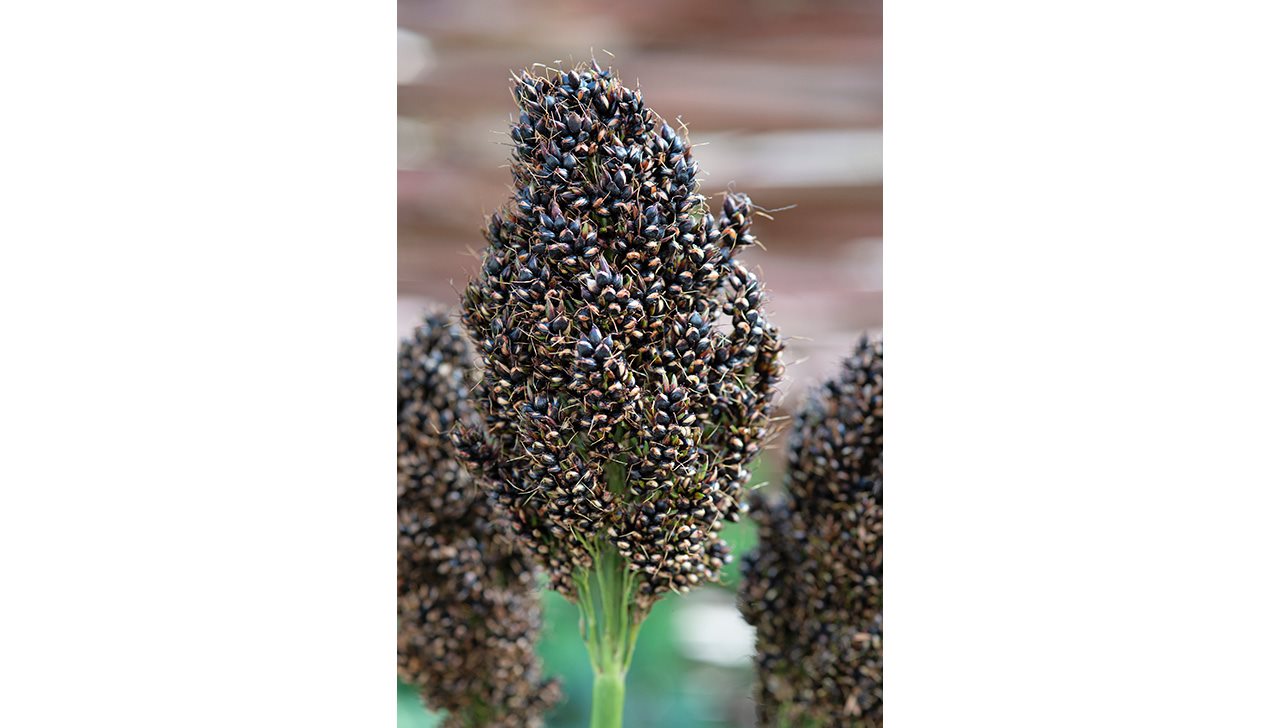
Black Falcon sorghum. The cone-shaped heads are adorned with beautiful glossy black blooms and will "wow" any garden. A great source of protein, use sorghum like quinoa or rice. For a fun treat, make "popcorn," just like you would with regular popcorn on the stove or in a brown paper bag in the microwave.
So, what are you waiting for? This year, ditch the supermarket sameness and cultivate your own rainbow of deliciousness! Every bite will be an adventure for your taste buds, and you'll be the proud plant parent of a veggie masterpiece. Shop online for seeds through one of the National Garden Bureau's members, or visit your favorite local garden retailer. For more information about these and other great veggies to grow at home this year, visit the National Garden Bureau website.

